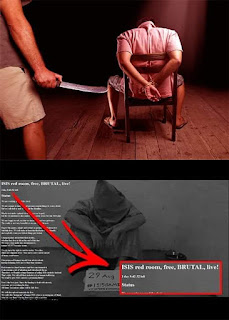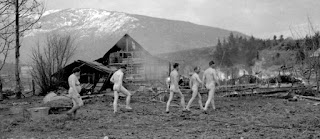The Battle of the Glorious First of June in 1794
The Battle of the Glorious First of June in 1794 (also known as the Fourth Battle of Ushant) was a naval conflict between the British and the French during the French Revolutionary Wars.
During April and May 1794 the British fleet was searching the Atlantic Ocean for French grain ships bound for France from the USA. The grain was vitally needed to reduce the starving conditions brought about by the French Revolution. The French fleet left Brest in mid-May to escort this vital convoy to harbour.
The British had a line of 34 battleships under the command of Admiral Earl Howe and the French had a line of 26 battleships under Rear-Admiral Villaret-Joyeuse. The two forces clashed 400 nautical miles west of the island of the French island of Ushant. The battle began as a series of engagements, beginning with skirmishes and maneuvering on May 28th, 1794, and a more serious brush the following day. The rival fleets maintained distant contact during the two subsequent days of foggy weather.
The morning of June 1st was fine and clear and the maneuvering of the preceding days had gained the British fleet the weather gage. This was a vital factor during the days of sailing ships as it meant the fleet was windward (nearest the direction the wind was blowing from) and had the choice of when and how to bring the enemy into action.
Howe’s plans were for his ships to run down onto the French fleet, break through all along their line and individually engage their opposite numbers. These intentions were difficult to transmit by signal and not all his captains fully understood or complied with the orders. In the end, only a few ships penetrated the French line – Howe’s flagship Queen Charlotte, alongside the Defence, Marlborough, Royal George, Queen and Brunswick.
The first ship to break through, Defence, was severely handled and totally dismasted. Elsewhere, the battle became a series of single combats between ships, none more fiercely fought than the duel between the Brunswick and the Vengeur. They pounded each other for nearly four hours before the Vengeur surrendered.
All along the line, the fighting was intense, and by the time the firing died away, 11 British and 12 French ships were more or less dismasted, 7000 were killed, wounded and captured on the French side, and 1000 killed or wounded from the British fleet.
Six French ships were captured and another, the Vengeur, sunk, while the damaged remainder of the French fleet made off in considerable confusion. After five days of strenuous chase and a hard-fought battle, the British were too exhausted to mount a pursuit.
Tactically, the British had won the day, and the news of victory was greeted with wild enthusiasm in Britain, but the grain convoy from America had escaped intact.











Comments
Post a Comment